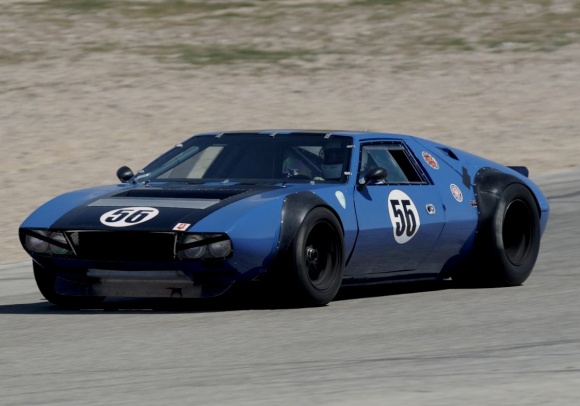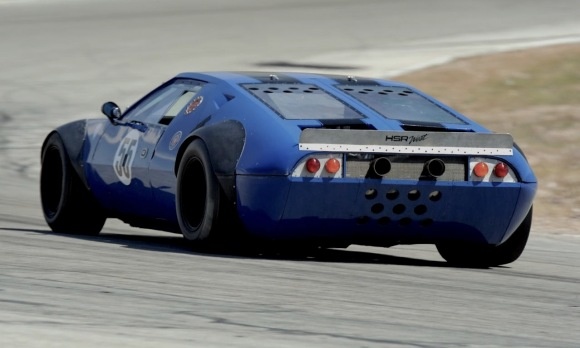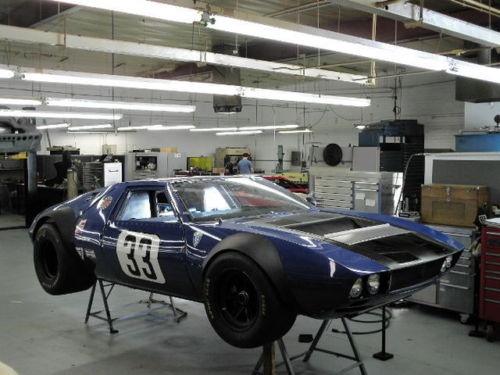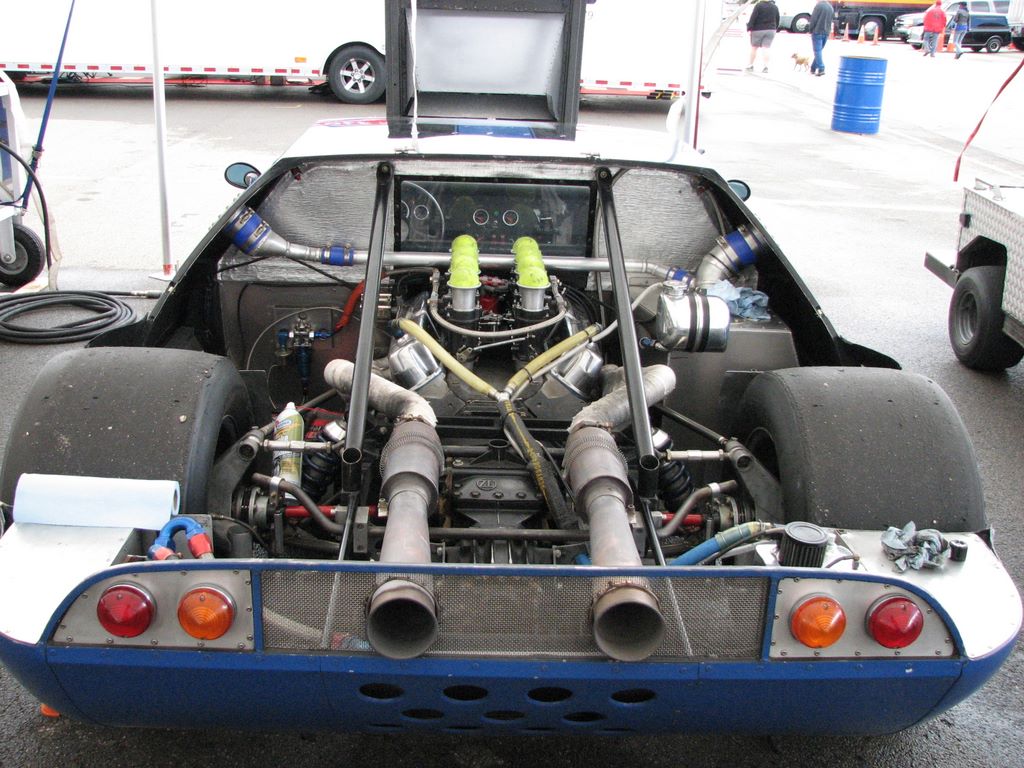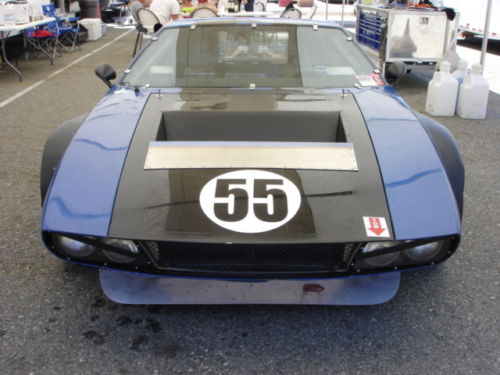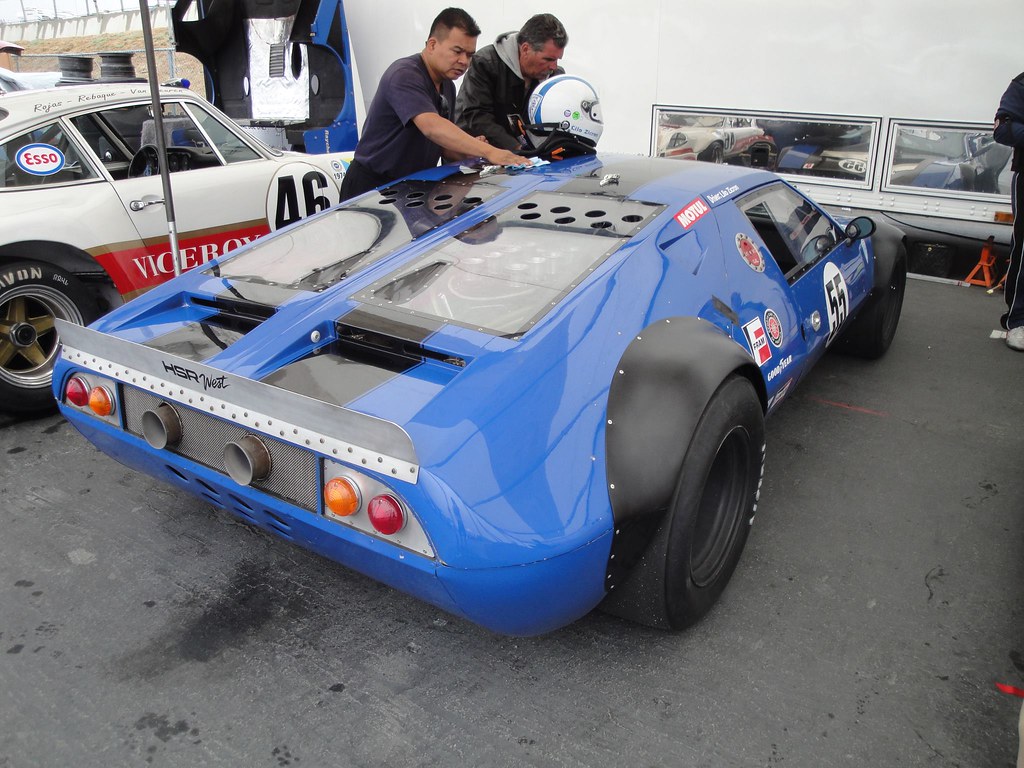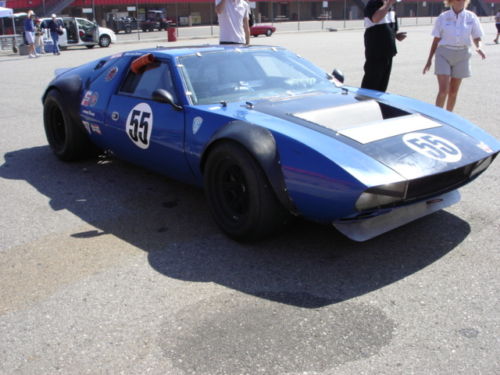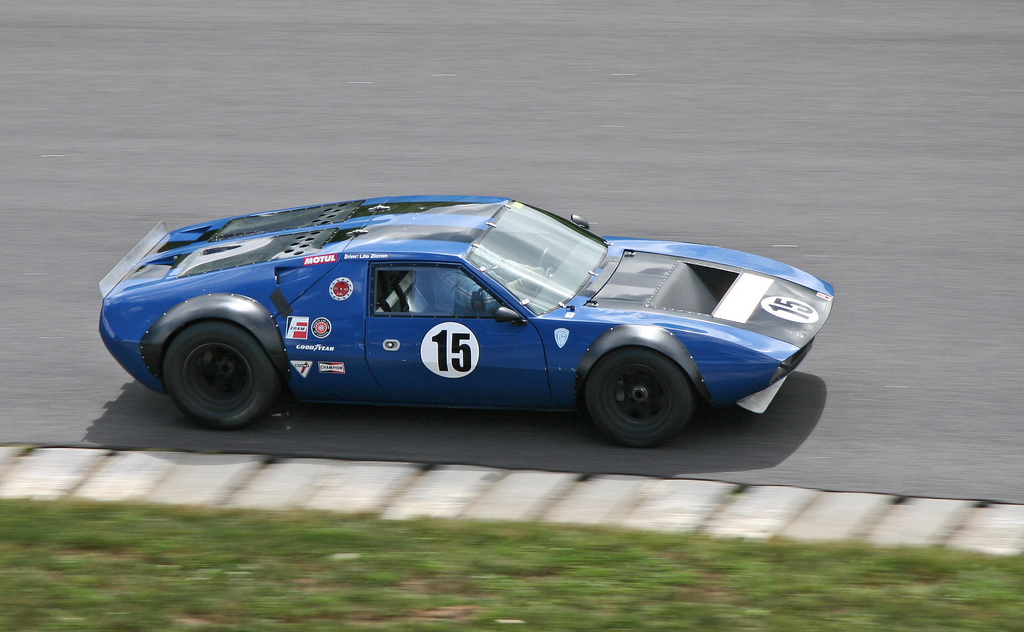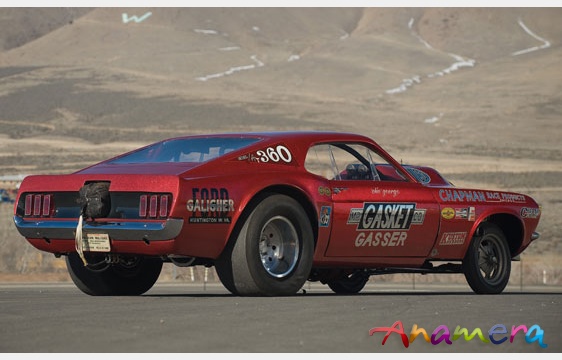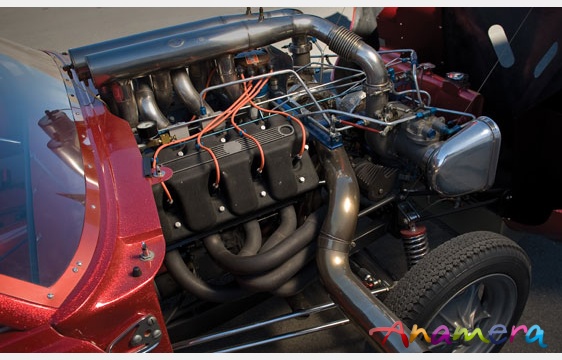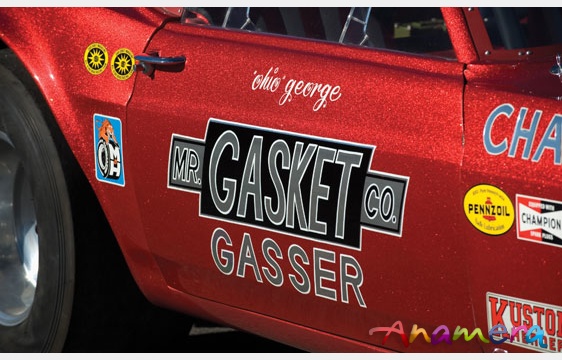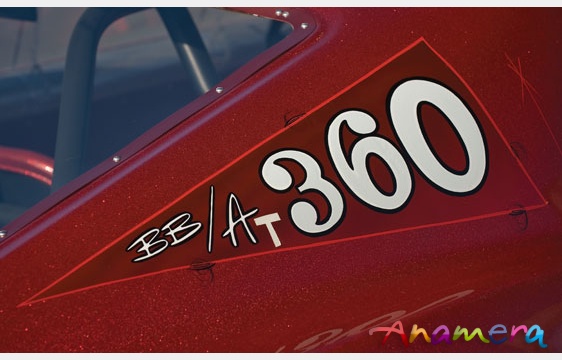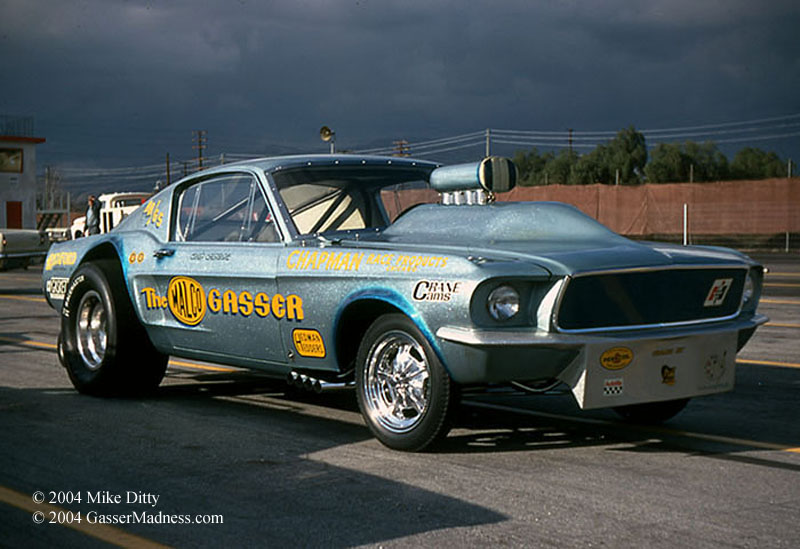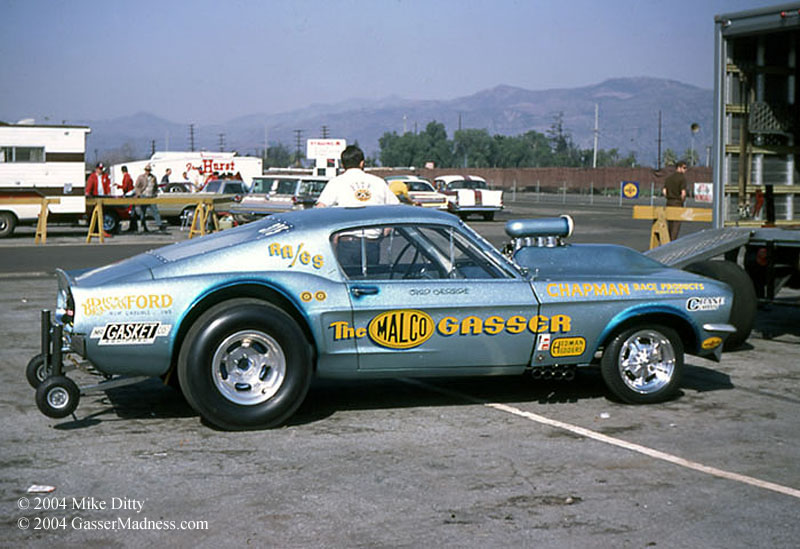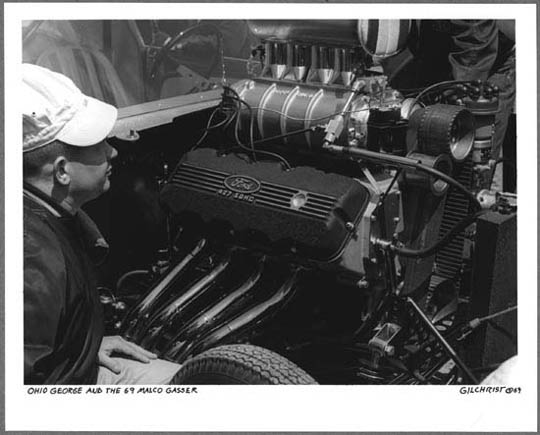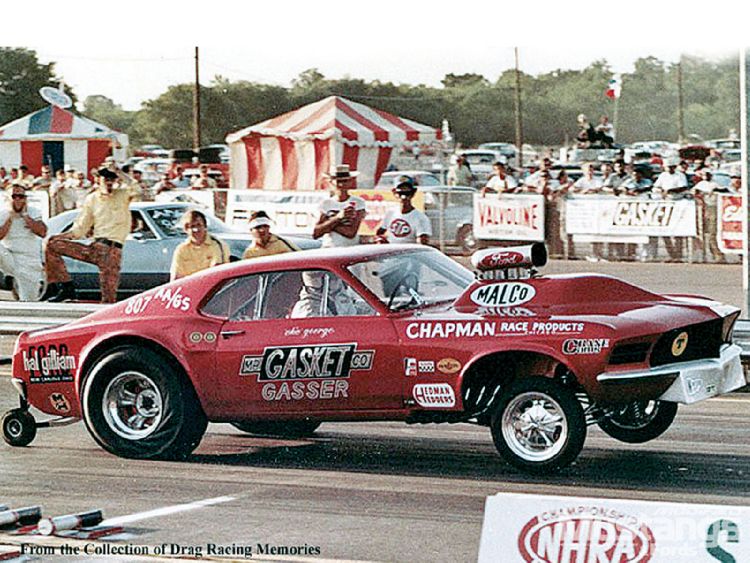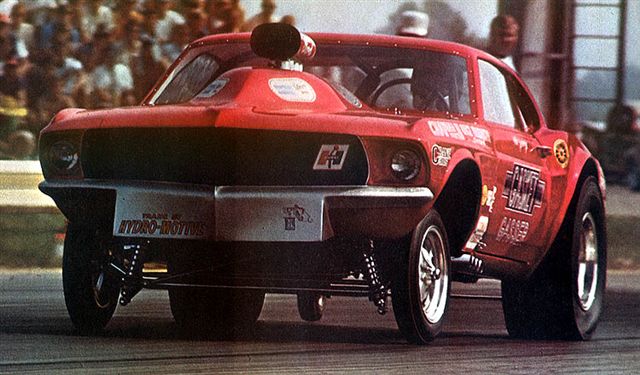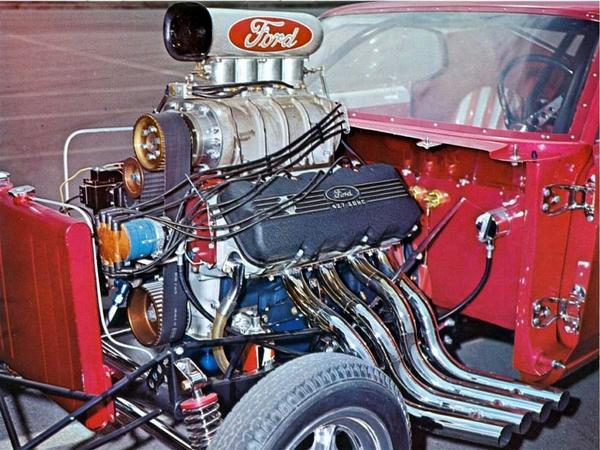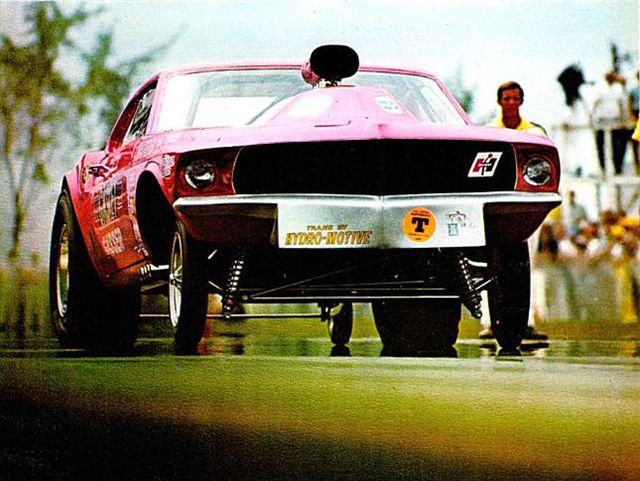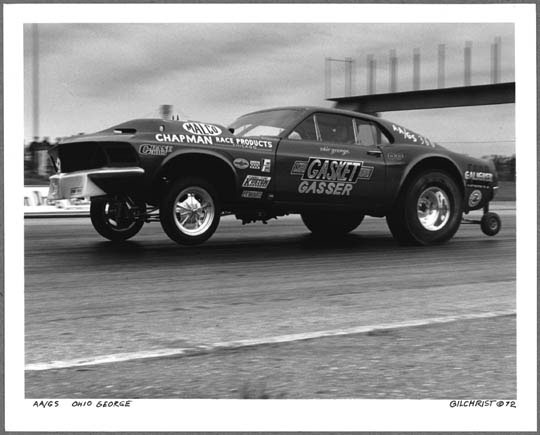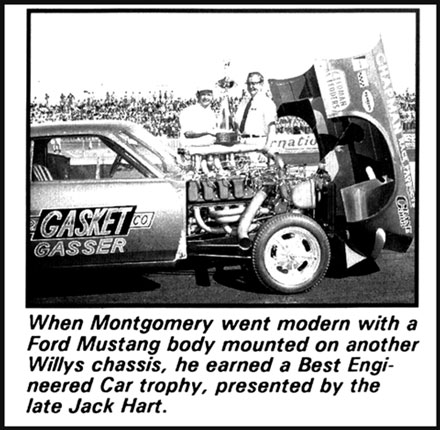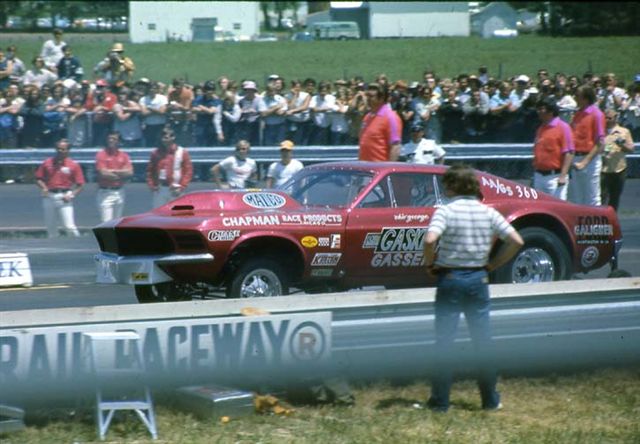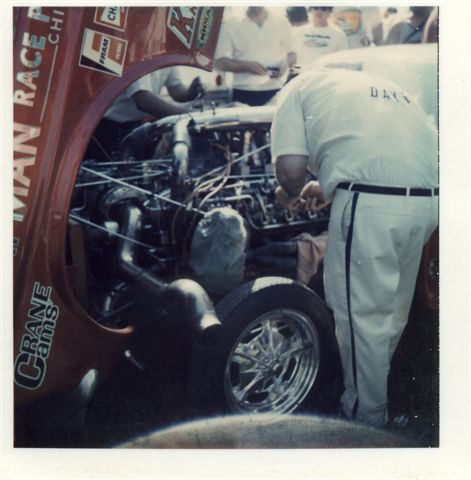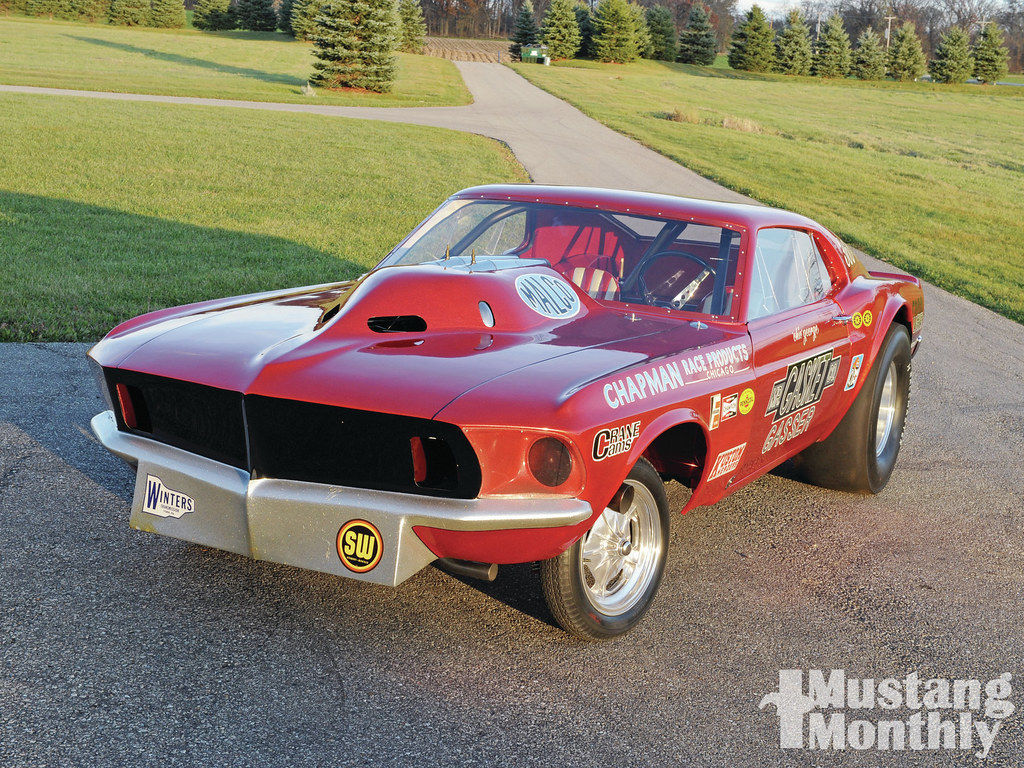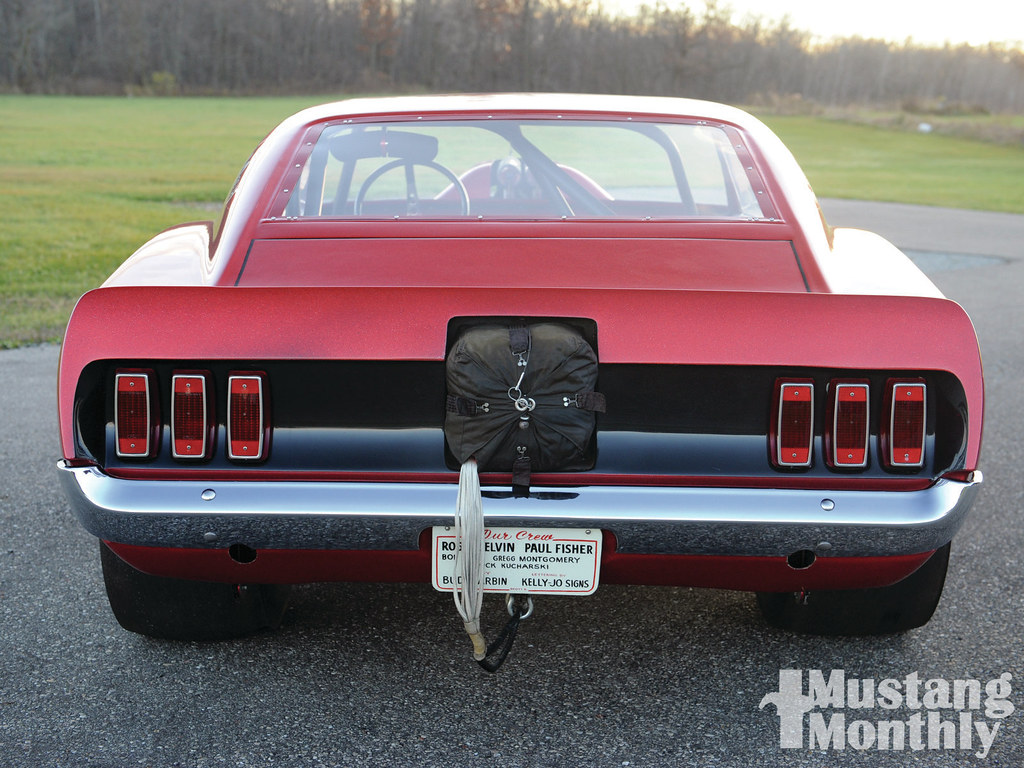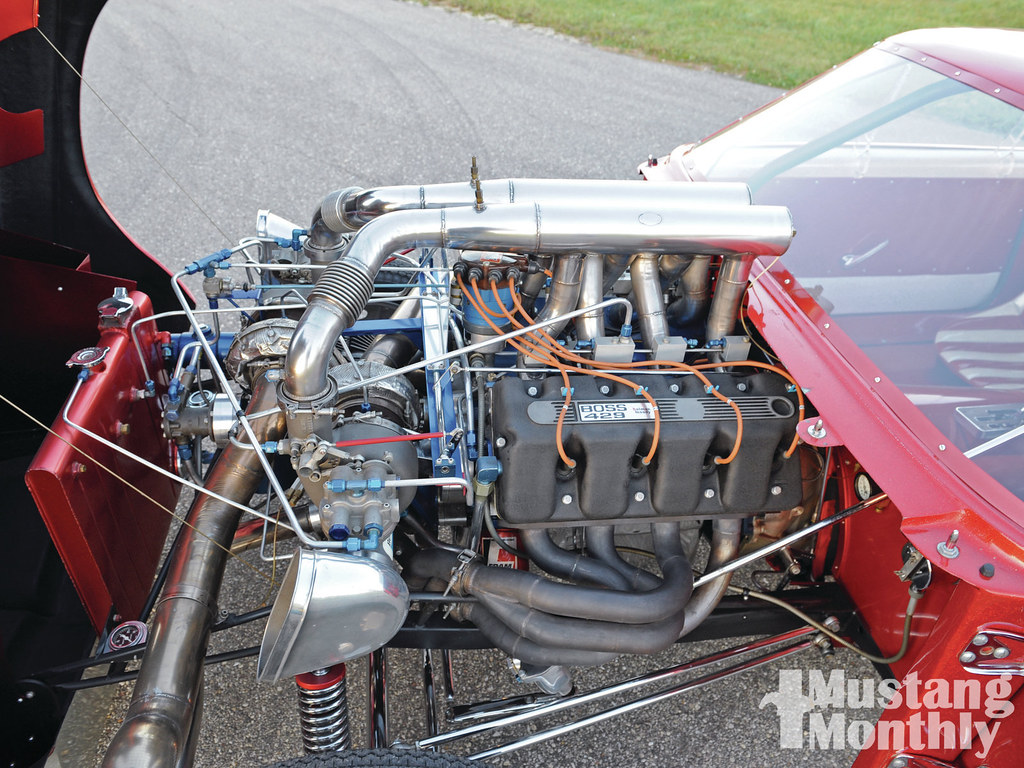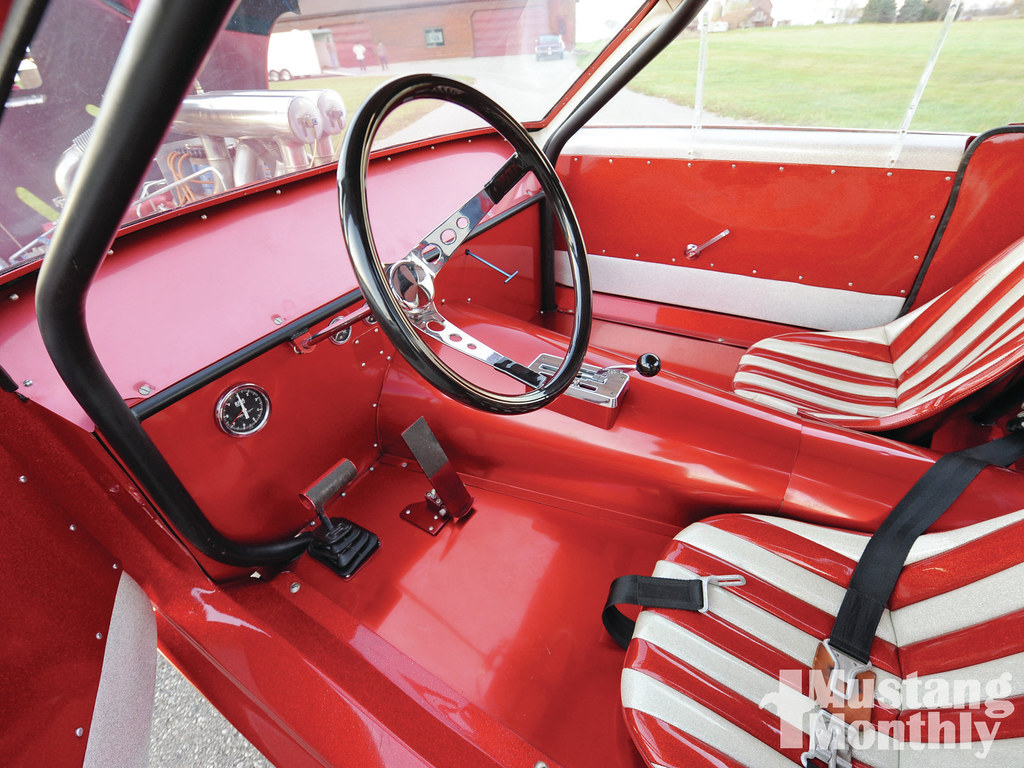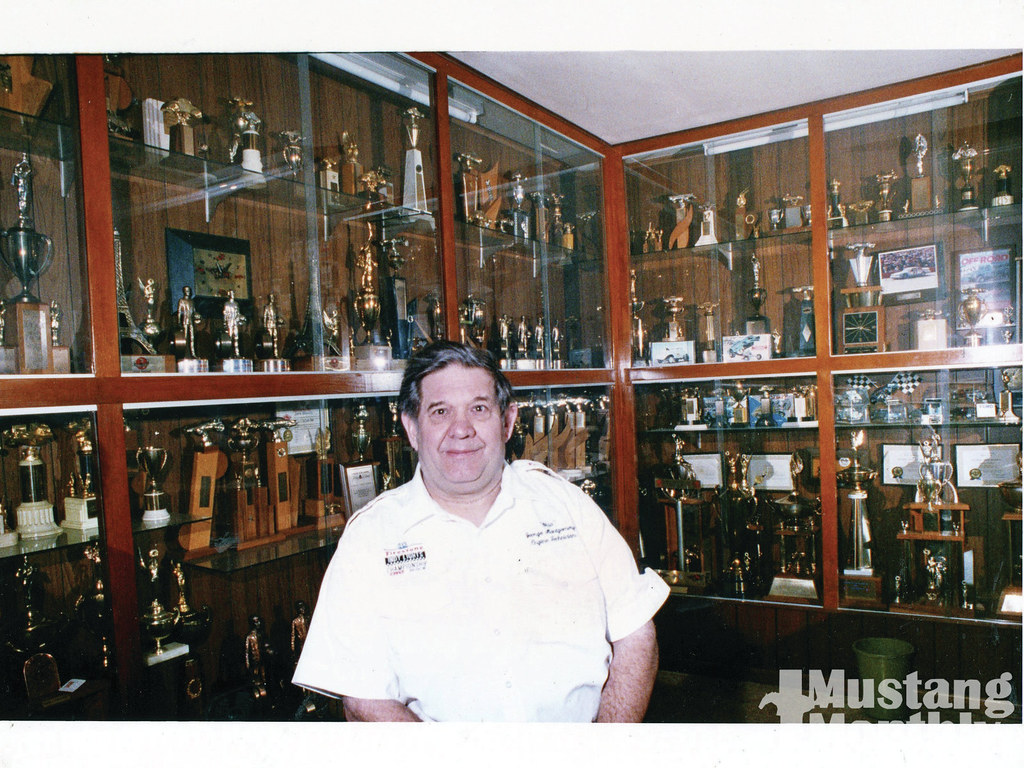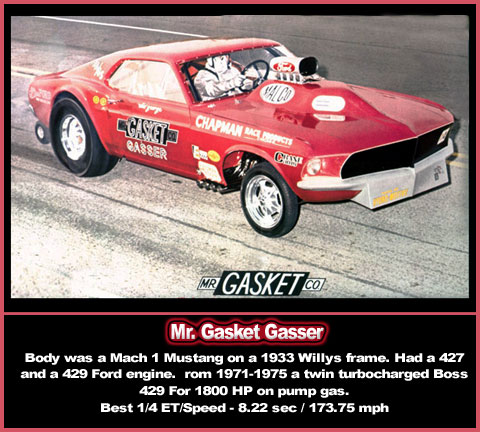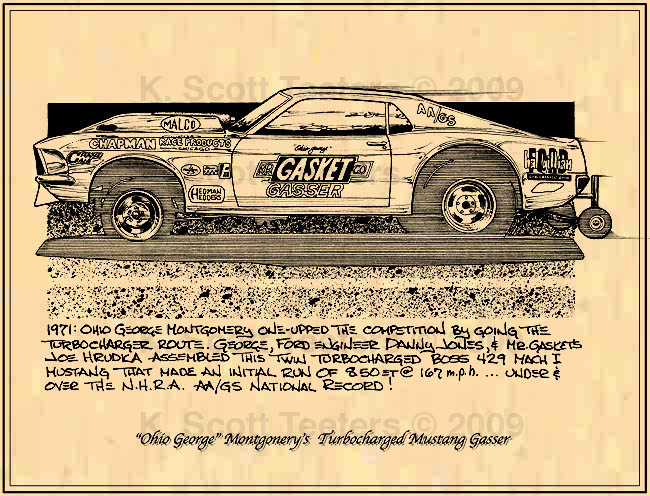Pages
▼
29 February 2012
1963 Ford Unibody - Hole In One
What do you do if you have too much time on your hands? Pluck your nose hairs? Sort out your sock draw? Stare blankly at Facebook? I bet the last answer on your mind was build a pick-up truck.
Well Brad Gortsema thinks differently from the likes of us; having just finished one project car, he decides to take on this 'unibody' 1963 Ford F100. Unibody? Well not quite. The nickname comes from the fact that the cab and bed are one continuous piece, with no gap between them. The same stamping forming the back of the cab was also the leading edge of the bed, and the single-wall bed sides were spot-welded directly to the door sills. The one-piece body was then set atop a traditional seperate chassis, making the 'unibody' pick-up more similar to a body-on-frame car, like the contemporary Falcon-based Ranchero. the problem with this radical approach was that the Unibody, shall we say, wasn't as robust as the equivalent separate-cab, separate-bed F100s, with stories of doors jamming open or closed when the bed was fully loaded due to body flex; so bad were the problems that Ford pulled the plug on the Unibody after only two years in 1963 and went back to the separate cab and beds used on the 4x4 models.
Brad's particular well-used example was suffering from old age as well as the 'Unibody Flex', so his initial plan to quickly sell it on for a profit turned into a full-blown project. Thankfully his Dad owns Gortsema Customs, so the two of them massaged the tired F100 into the baby blue (and white), Buick-powered picture of perfection you see here.
Bend your attention and yield to our flexible friend here.
September 2, 1973, Ontario Motor Speedway
Tom Bigelow was the driver for the Norton/Bryant Heating and Cooling Special at Ontario Motor Speedway on September 2, 1973. The Volstedt chassis was powered by a turbocharged Offenhauser engine and took Tom to an 11th place finish.
27 February 2012
Holy Cobras! A Mangusta Racer On eBay
Another day, another De Tomaso racer. After getting hot under the collar for this beauty back in January, another one of Alejandro's finest turns up in race duds on eBay. This Mangusta appears to have SCCA papers and FIA historic ones on the way, but alas the seller is keeping mum on the car's history. What he has divulged about the car is in his eBay description below:
This auction is for a very rare and beautifull 1970 DeTomaso Mangusta Race car. There are none like this one.This race car is in race ready condition with a freshly rebuild engine. This car is just perfect and very fast. I drove this race car has been driven for the past 3 years very succesfuly in many events including Monterey Historics, many wins. Check the web , it is all over the place including youtube. Engine is a fully build 289/302 Ford, with Rare 48IDA's webers on Fomoco manifold.Transmission is a ZF 5 speed also rebuild.This race car has had many modification done but still retains its original chassis. Rear deck lid is fiberglass and in one piece, it has pin drive knock offs, it is a real race car, with great history and welcome at any events in the world. Original SCCA log book.This is the rarest of Mangusta ever....
FIA papers in process and full history and documentation available upon request.
The auction ended at $92,100 with the reserve having not been met. Which gives us time to scrape the necessary funds together. Hello, Ocean finance?
At Monterey Motorsports Reunion 2010:
26 February 2012
24 February 2012
Drag Racing History - Mr. Gasket Mustang
MR GASKET MUSTANG AA/GS
‘Ohio’ George Montgomery was already a successful racer, with his ’34 Ford and then his famous ‘Little Eliminator’ 1933 Willys that took class wins in the NHRA Nationals in ’59, ’60, & ’61.
He became one of the first racers to win consecutive Nationals with his back-to-back victories in Little Eliminator in ’59 & ’60. Throughout the 1960s, George was one of the most frequently booked AA/G supercharged racers on the match-race circuit, going head to head against other now-legendary racers of the day. We’ll get to those in due course…
Drag racing’s popularity soon caught the eye of the Big Three in Detroit, who began recruiting quarter-mile talent for their own factory race teams.
In 1966, George was picked up by Ford as one of the racers selected to develop their new 427ci SOHC hemi engine. He quickly made use of the engine’s power, racking up class wins at the ’66 & ’67 U.S. Nationals along with a class win at the ’67 Winter Nationals (note the space; the words weren’t combined until the ‘70s). At this time, he was still racing with the ’33 Willys body, until Ford persuaded him to race with the current model Mustang body – so that the race-going public could connect the car to the ones being sold in Ford’s showrooms. So in 1967 George built a new car, with the Mustang body on a Willys frame, this car became known as the Malco Gasser.
It has a C6 trans, Ford 9 inch rear with halfshafts made by George along with a number of custom-made items, as his profession before becoming a full-time racer was his machine shop business. He immediately took advantage of the new car’s aerodynamics and subsequent handling: “The Willys was actually a very poor handling car; at the time I never realised as it was the only drag car that I drove.” said George at the time to Hot Rod magazine.
The first time out with the Malco Mustang Gasser, it ran in the 9s. The new set-up led him to Super Eliminator titles at the Spring Nationals and Nationals in 1969. Next came the Mr. Gasket Gasser, with a one-off 1969 Mustang Mach 1 handcrafted ‘glass body from the Ford drag racing programme.
A 1933 Willys frame with a 110” wheelbase was again used to meet class rules. The car initially debuted with a blown Cammer, but by 1971 had switched to the turbo Boss 429. The Mustang set six NHRA-certified class records, including a Super Eliminator win at the 1969 US Nationals and wins in the same class at the Gator Nationals in 1973 and 1974.
The car's quiet turbo nature and class dominance caused the NHRA to eventually saddle the car with a 0.50-second index, and then in 1975, the rulebook outlawed the turbos. Montgomery's car typically ran mid 8s in the quarter at nearly 170 mph. Regarding the Boss 429 as a drag race engine, Montgomery has been quoted as saying: "I don't know that it was ever a very good normally aspirated drag motor, but it sure did love boost. We dyno'd it at Sonny Meyer's shop in the early '70s, and it was making 1,800 horsepower."
Although the switch to the Mustang body in 1967 improved the performances of his cars, the move proved costly to the class. The newer bodies didn’t have the identity with the fans that was established with the older body styles and the emerging late-model Funny Cars began to grab the fans' attention.
After back-to-back wins in the Gatornationals ('73 & '74), Montgomery retired the car and built a turbocharged '74 Pinto. The Mustang was retired from drag racing in 1975 (the same year turbos were banned by the NHRA) and Montgomery stored the car in "a little spot behind my office." Car collector Bob Perkins coveted the car for years, saying that George preserved the car in a Plexiglas cubicle. Montgomery sold the '33 Willys, now in the possession of the Henry Ford Museum, and the Malco Gasser '67 Mustang, on display in the Petersen Museum, but the '69 Boss was his favorite car. He says the '69 was never restored because "it never got dirty." This car is in the same guise as it was in '75 and the condition looks amazing.
Montgaomery sold the car through RM Auctions in 2009, but the car became available again, much to Perkins delight. said, "I could never have bought that car if the owner hadn't gotten into financial trouble. He paid Montgomery a million and a quarter for the car and I bought it for a fraction of that price."
More about the car in 2011 here.
Montgomery retired from drag racing in 1985 at the age of 53 and still operates, with his son Gregg, George's Speed Shop in his hometown of Dayton, Ohio.
‘Ohio’ George Montgomery was already a successful racer, with his ’34 Ford and then his famous ‘Little Eliminator’ 1933 Willys that took class wins in the NHRA Nationals in ’59, ’60, & ’61.
He became one of the first racers to win consecutive Nationals with his back-to-back victories in Little Eliminator in ’59 & ’60. Throughout the 1960s, George was one of the most frequently booked AA/G supercharged racers on the match-race circuit, going head to head against other now-legendary racers of the day. We’ll get to those in due course…
Drag racing’s popularity soon caught the eye of the Big Three in Detroit, who began recruiting quarter-mile talent for their own factory race teams.
In 1966, George was picked up by Ford as one of the racers selected to develop their new 427ci SOHC hemi engine. He quickly made use of the engine’s power, racking up class wins at the ’66 & ’67 U.S. Nationals along with a class win at the ’67 Winter Nationals (note the space; the words weren’t combined until the ‘70s). At this time, he was still racing with the ’33 Willys body, until Ford persuaded him to race with the current model Mustang body – so that the race-going public could connect the car to the ones being sold in Ford’s showrooms. So in 1967 George built a new car, with the Mustang body on a Willys frame, this car became known as the Malco Gasser.
It has a C6 trans, Ford 9 inch rear with halfshafts made by George along with a number of custom-made items, as his profession before becoming a full-time racer was his machine shop business. He immediately took advantage of the new car’s aerodynamics and subsequent handling: “The Willys was actually a very poor handling car; at the time I never realised as it was the only drag car that I drove.” said George at the time to Hot Rod magazine.
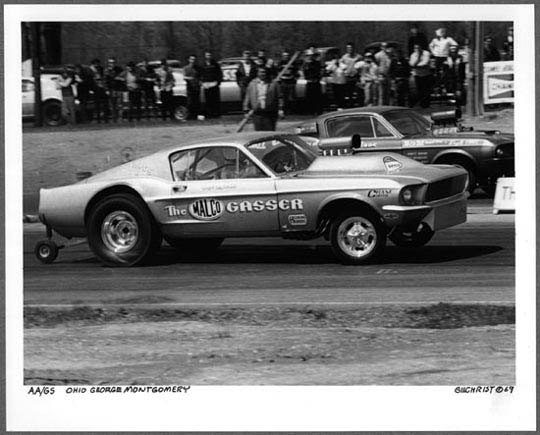 |
| A confusing picture; its the Mr Gasket gasser, but still in the Malco Gasser colour scheme... |
The car's quiet turbo nature and class dominance caused the NHRA to eventually saddle the car with a 0.50-second index, and then in 1975, the rulebook outlawed the turbos. Montgomery's car typically ran mid 8s in the quarter at nearly 170 mph. Regarding the Boss 429 as a drag race engine, Montgomery has been quoted as saying: "I don't know that it was ever a very good normally aspirated drag motor, but it sure did love boost. We dyno'd it at Sonny Meyer's shop in the early '70s, and it was making 1,800 horsepower."
 |
| At its sale at RM auctions in 2009 |
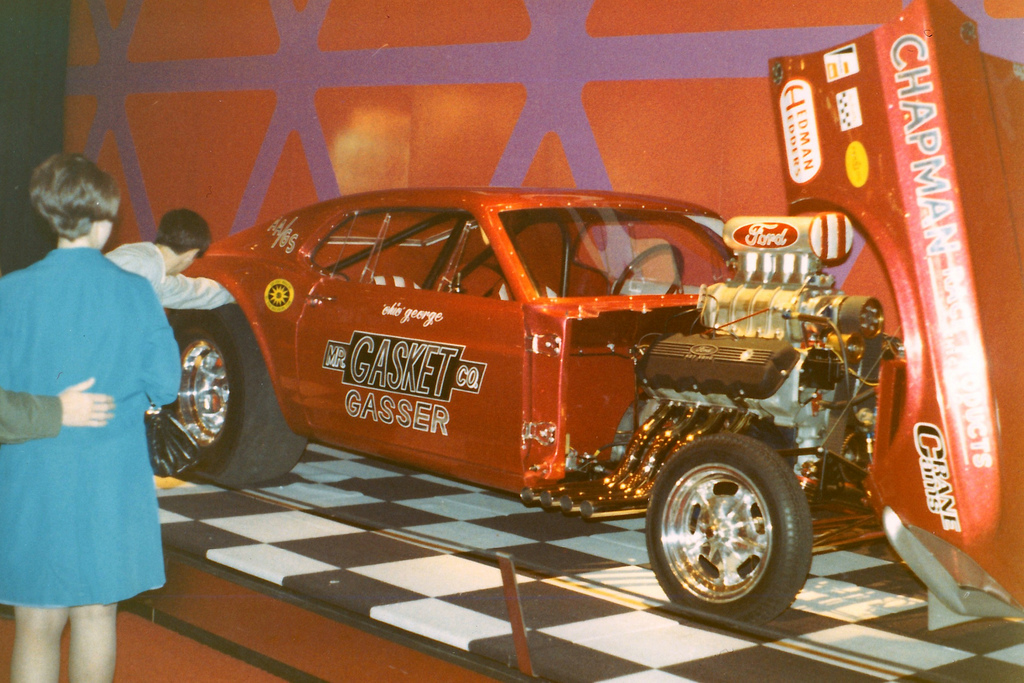 |
| Period pics with the blown SOHC fitted |
After back-to-back wins in the Gatornationals ('73 & '74), Montgomery retired the car and built a turbocharged '74 Pinto. The Mustang was retired from drag racing in 1975 (the same year turbos were banned by the NHRA) and Montgomery stored the car in "a little spot behind my office." Car collector Bob Perkins coveted the car for years, saying that George preserved the car in a Plexiglas cubicle. Montgomery sold the '33 Willys, now in the possession of the Henry Ford Museum, and the Malco Gasser '67 Mustang, on display in the Petersen Museum, but the '69 Boss was his favorite car. He says the '69 was never restored because "it never got dirty." This car is in the same guise as it was in '75 and the condition looks amazing.
Montgaomery sold the car through RM Auctions in 2009, but the car became available again, much to Perkins delight. said, "I could never have bought that car if the owner hadn't gotten into financial trouble. He paid Montgomery a million and a quarter for the car and I bought it for a fraction of that price."
More about the car in 2011 here.
Montgomery retired from drag racing in 1985 at the age of 53 and still operates, with his son Gregg, George's Speed Shop in his hometown of Dayton, Ohio.








